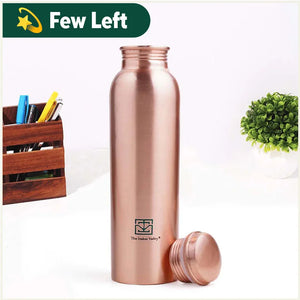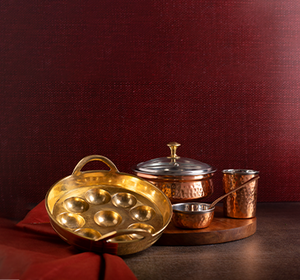We are sure you might have a lot of questions and concerns on how to use your cutting board. Here is an article that will help you get started with using your Neem wood chopping board. The instructions given below are valid for our other chopping boards as well.
A good set of knives and a solid chopping board is a must-have in every kitchen. We can talk at length about knives in the following posts. This post is dedicated to onboarding your Brand New – Indus Valley’s Neem Cutting Board.
Beginner’s Guide – How to start using your chopping board?
After purchasing a wooden cutting board, you need to season it before using it for the first time. Seasoning of Wooden chopping board is very important to get maximum benefits from the chopping board and to increase its life.
Some of you might not have time to read the entire article. Here is an easy info-graphic with the steps you need to follow:

Now let’s deep dive into each step and understanding in detail the best method to season your wooden chopping board.
Step 1. Soap Rub Down
Wash your cutting board with soap and warm water and scrub well. The volume of water and mechanical scrubbing is more important than soap in flushing bacteria and other food particles off the board.
Warm water is preferable, but normal water can be used as well. Natural dish soap can be used for cleaning.
Wooden cutting boards are extremely sensitive to water. Under no circumstances should you put a wooden cutting board in the dishwasher.
Wooden cutting boards should always be hand washed.
Step 2. Clean Wipe Dry
After washing the cutting board, dry immediately with a towel. Wipe the board clean immediately after cleaning.

Step 3. Air Dry Vertically
Let it air dry standing up or on a raised rack with airflow.
Allow it to dry for 2 hours. Place the wooden chopping board vertically after cleaning.
Do not place a cutting board in a dish rack on its side to dry. Lay it on a flat surface instead. If a cutting board dries on its side, it will bend in one direction.
Also, drying it by the window with direct sunlight is a good tip to make the drying faster.
Step 4. Oil Rub Down
Before you start this step, be sure your boards are very clean. The boards should also be dry before oiling, so be sure to build that into your timing.
Apply any cooking oil across the surface of the wooden chopping board using a soft towel or sponge. (Cooking Oil – Gingelly oil, Sunflower Oil, Castor oil, etc)
Be generous with the application, especially if the wood is dry or you just purchased the cutting board.
Using a clean, soft cloth or paper towel, apply the oil in an even layer over the wood. You want the surface to be dripping wet on all sides. Do not miss a single spot. Don’t forget the handles!
The oil should be left to soak in as long as possible, too. Try to apply the oil in the evening before bed and then just give them a quick wipe the next morning to take off any excess oil. This is a good way to get the best results.

Step 5. Vertical Soaking
Set the chopping board aside vertically (against the wall) to allow the oil to soak into the board. Leave the oil to soak in, overnight if possible, or for at least 3 hours.
If the board feels oily or sticky, buff off any remaining oil with a clean dry cloth or paper towel.
Best Practices – Key Tips for a Durable Cutting Board
- Never place your wooden chopping board in the sink. Never place a wooden cutting board in the sink with other water & other dishes. Always wash your cutting board right away. Soaking the wooden chopping board in the sink will damage it. It can cause it to rot or bend.
- Always Clean the board after cutting raw meat. Even after seasoning a wooden cutting board might absorb food material easily. Meat juices can soak in, which might leave a bad smell. However, it can be removed by cleaning the board after each use. Never cut vegetables, fruit, or other materials using the board after cutting meat without washing the board first. It is a good idea to have separate boards for vegetables and meat to avoid cross-contamination.
- Always Hand washes only, No Dishwasher. Always hand washes your chopping board. Dishwashers are not good for wooden chopping boards. It might cause bending and damage.
We hope we have solved all of your questions. If you want to get notifications about our new posts on Cooking, Tradition, Healthy Living, Tips, etc. :
‘Like’ our Facebook Page by visiting here – The Indus Valley.
Note: The information in this article and website is not a substitute for professional medical advice, diagnosis, or treatment. Always seek the advice of your physician or other qualified health providers before making any diet or lifestyle changes.
Related Products:
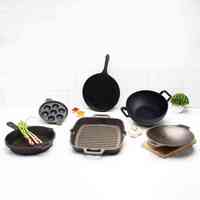


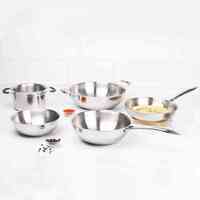
 Easy 7-Day Return
Easy 7-Day Return
 Additional ₹100 Off on Prepaid Orders*
Additional ₹100 Off on Prepaid Orders*
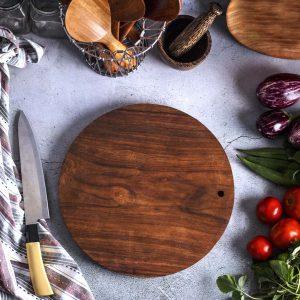
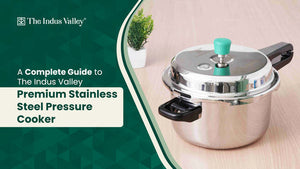
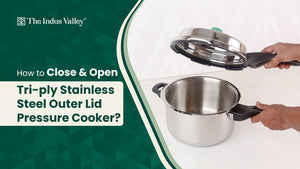

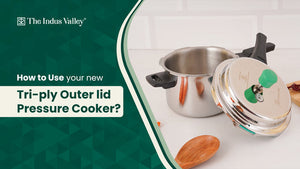

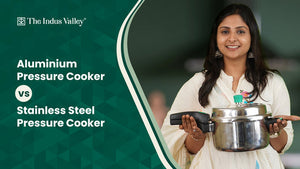

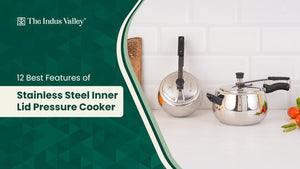


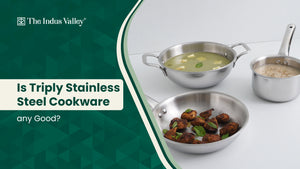

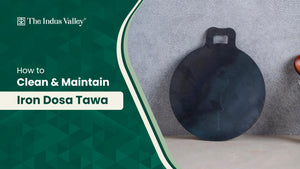
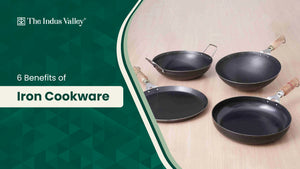
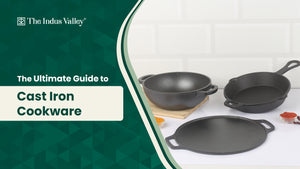

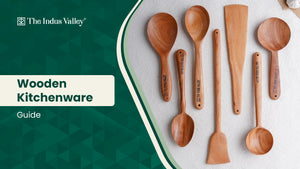



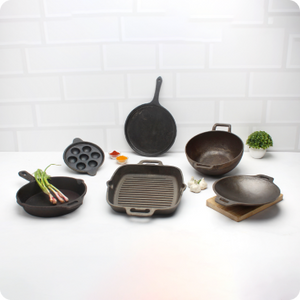

![Neem Wood Spatulas for cooking & Serving – Thick, Long, Sturdy, Large [Set of 6] (Round Serve) - The Indus Valley](http://www.theindusvalley.in/cdn/shop/files/neem-wood-spatulas-for-cooking-and-serving-thick-long-sturdy-large-set-of-6-round-serve-the-indus-valley-1_fcf2cb78-6504-4601-8062-5df2233000c1.jpg?v=1686290651&width=300)
